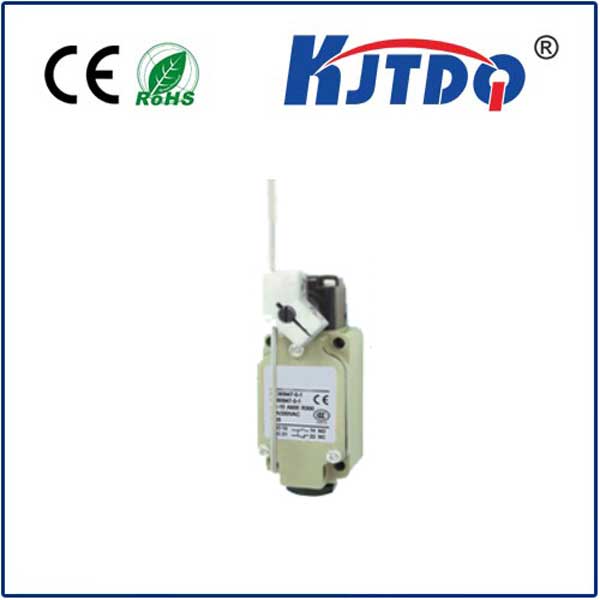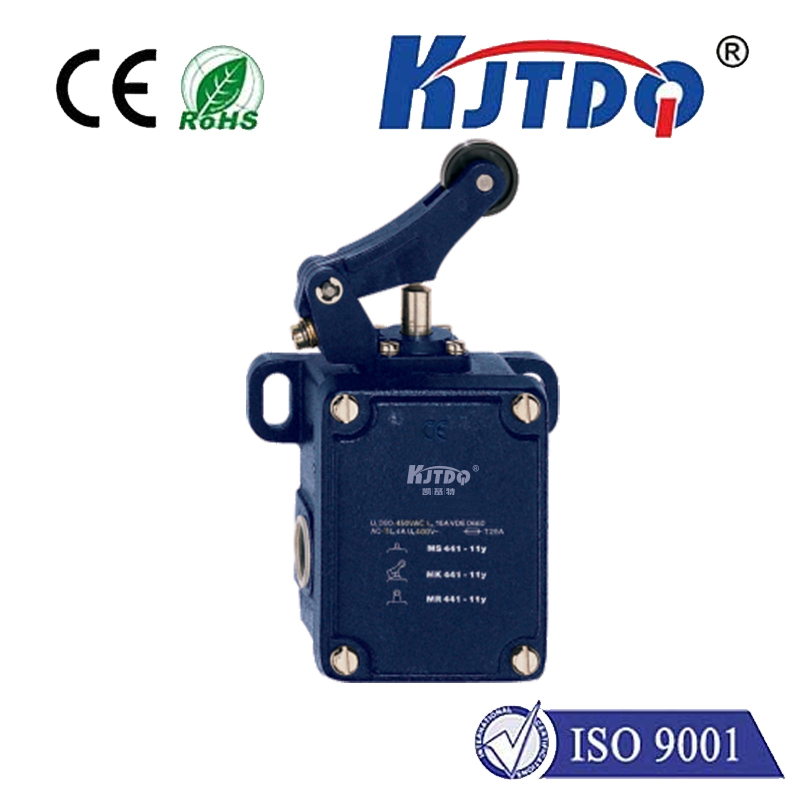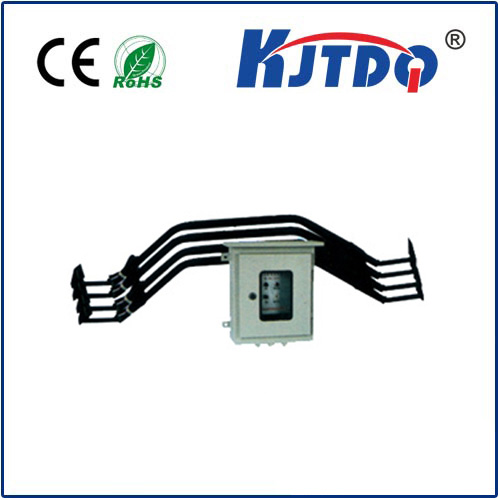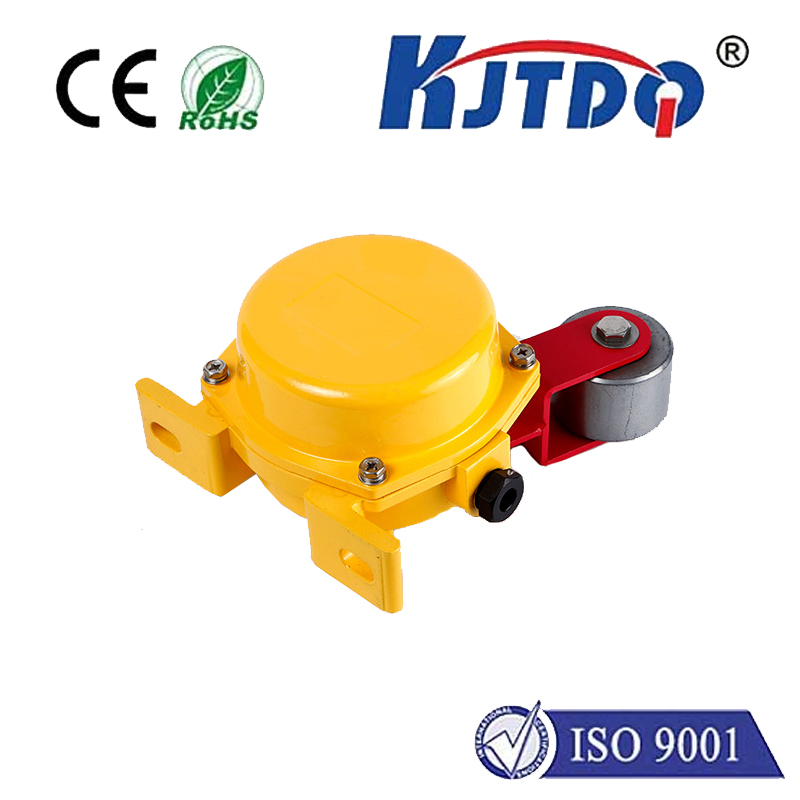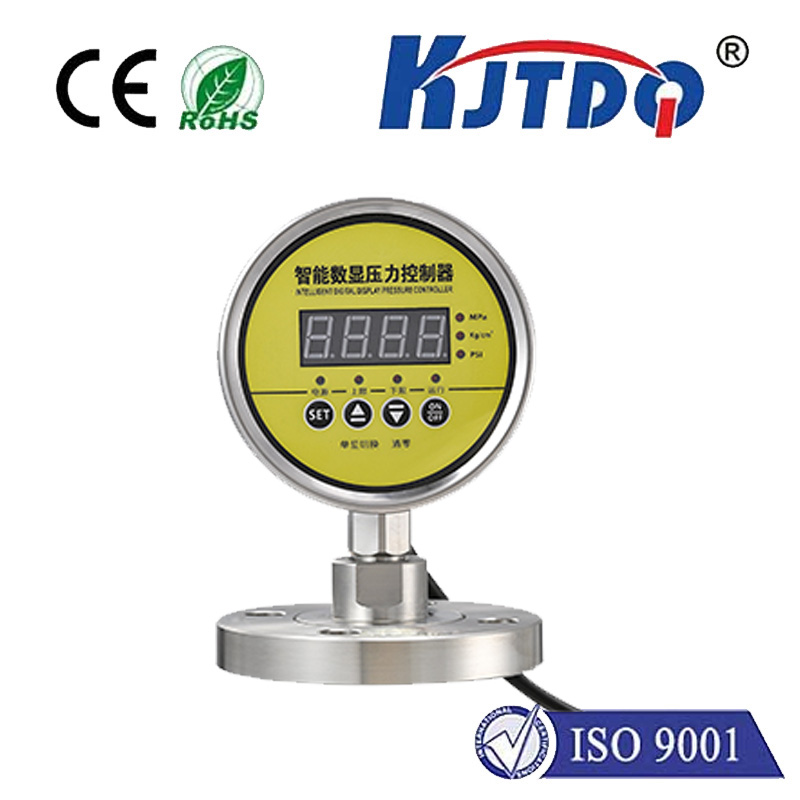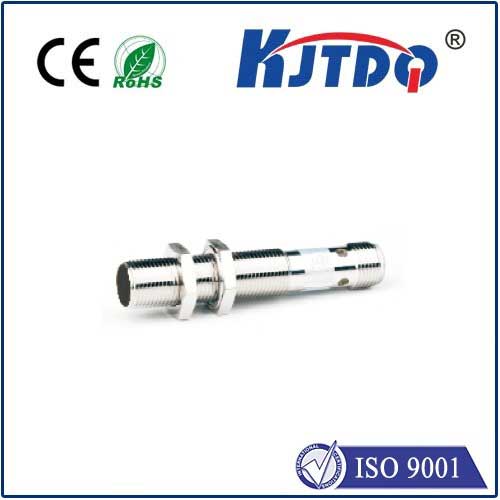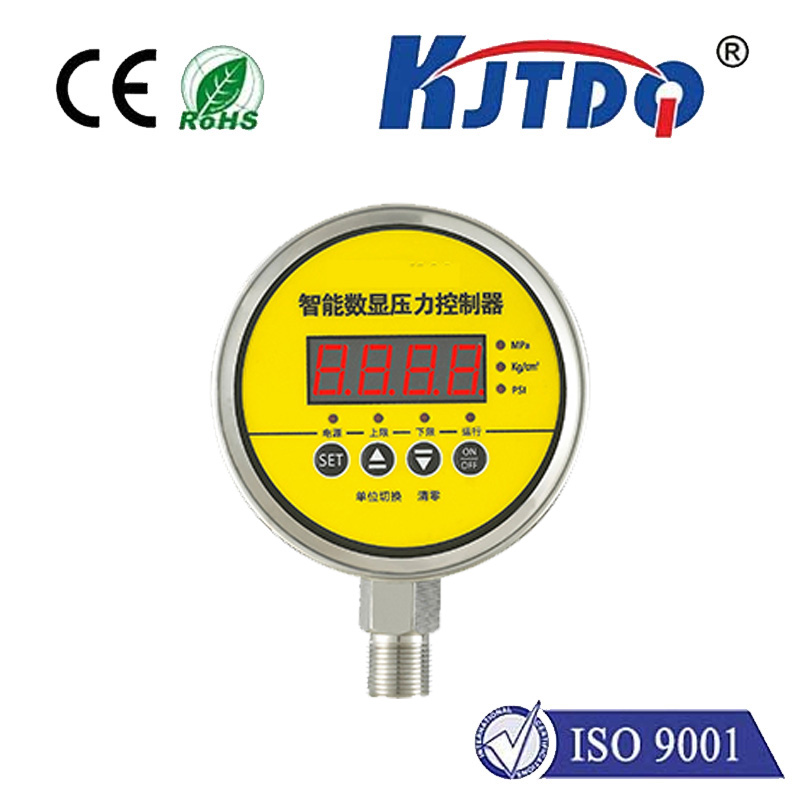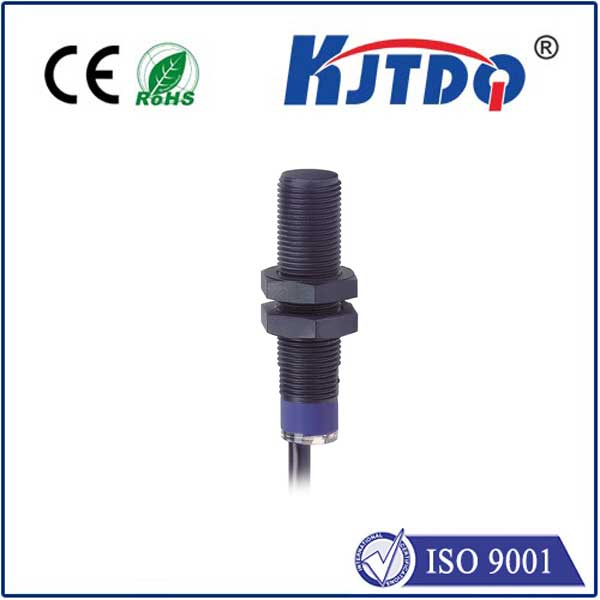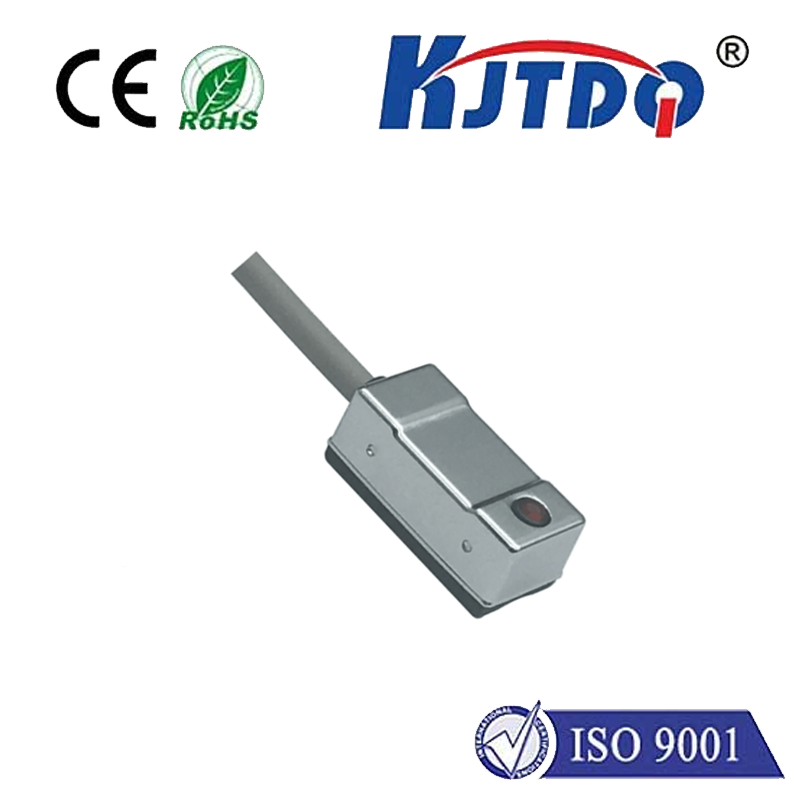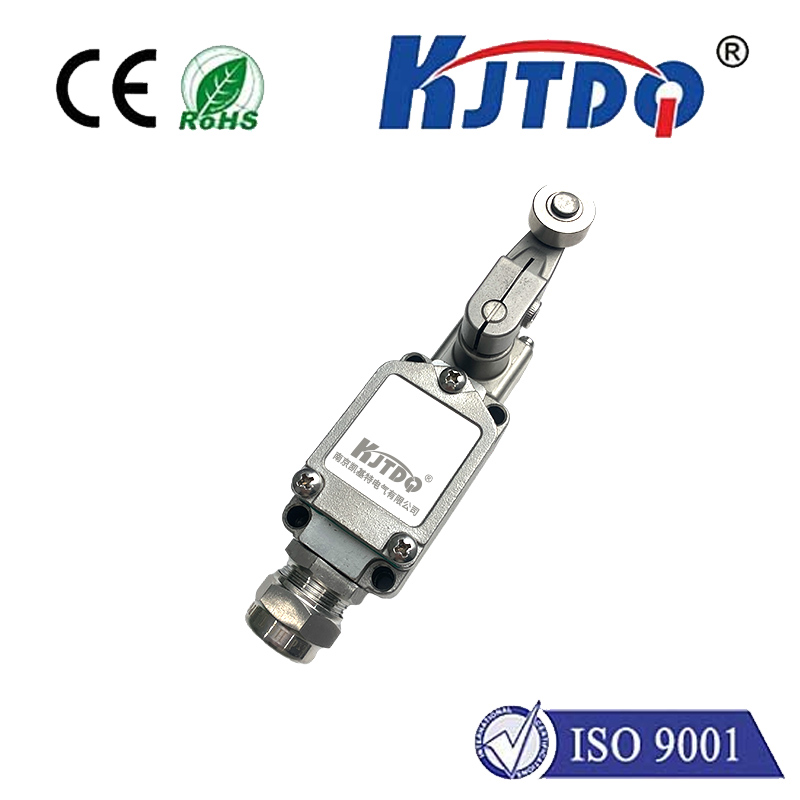optical speed sensor
- time:2025-08-13 17:37:56
- Click:0
Understanding Speed with Light: The Power and Precision of Optical Speed Sensors
Precision measurement without physical contact: Optical speed sensors harness light to deliver unparalleled accuracy and reliability. In a world increasingly driven by automation, robotics, and data, the ability to measure speed accurately and reliably is paramount. Traditional mechanical methods often fall short, introducing friction, wear, and potential measurement errors. Enter the optical speed sensor, a sophisticated technology revolutionizing how we monitor and control motion across countless industries. This article delves into the workings, advantages, and diverse applications of these remarkable devices.
Beyond the Mechanical Touch: The Core Principle
At its heart, an optical speed sensor operates on a fundamentally different principle than its mechanical counterparts. Instead of gears or physical contact, it utilizes light to detect and quantify motion. The most common method relies on the optical encoder principle:
- Marked Surface: A rotating or moving component is equipped with a patterned surface. This could be a simple reflective strip, alternating dark and light bands (like a rotary encoder disk), or even a naturally occurring surface texture.
- Light Emission: A light source within the sensor, typically an infrared (IR) LED or laser diode, projects a focused beam onto this marked surface.
- Light Reflection/Interruption: As the marked surface moves, the pattern causes the reflected light intensity to fluctuate rapidly. A dark band absorbs light, while a reflective band bounces it back strongly. Alternatively, a slotted wheel interrupts a beam passing through.
- Photodetector Capture: A photodetector (like a phototransistor or photodiode) positioned opposite the light source precisely captures these rapid changes in light intensity.
- Signal Conversion: The photodetector converts the fluctuating light signal into an electrical signal – typically a square wave.
- Signal Processing: Sophisticated electronics within the optical speed sensor analyze the frequency of this electrical signal. The faster the surface moves, the higher the frequency of the light/dark transitions, and consequently, the higher the frequency of the output electrical pulses.
- Speed Calculation: By precisely counting the number of pulses over a known time interval, the sensor’s internal processor calculates the rotational speed (in RPM - Revolutions Per Minute) or linear velocity (in units like meters/second or feet/minute).
The Doppler Shift: An Alternative Approach
Some advanced non-contact speed sensors employ the Doppler effect. Here, coherent light (like a laser) is directed at a moving surface. The wavelength of the light reflected back shifts slightly depending on the direction and velocity of the surface’s movement relative to the sensor. By analyzing this minute frequency shift with high-precision optics and electronics, the sensor can directly determine the velocity of the target. This method is particularly valuable for measuring the speed of liquids, gases, or very distant objects.

Why Choose Optical Speed Sensors? Unpacking the Benefits
The shift to optical sensing technology is driven by compelling advantages:
- Non-Contact Operation: This is arguably the most significant benefit. The absence of physical contact eliminates friction, wear, and tear, drastically extending sensor lifespan and reducing maintenance costs. It also allows measurement on fragile, inaccessible, or rapidly moving surfaces without affecting their motion.
- Exceptional Accuracy and Resolution: Capable of resolving extremely high frequencies of light/dark transitions, optical sensors offer superior measurement precision and resolution compared to mechanical tachometers. They can detect minute speed variations crucial for process control and quality assurance.
- High-Speed Capability: Without physical inertia to overcome, optical sensors excel at measuring very high rotational or linear speeds that would overwhelm mechanical systems.
- Minimal Load Impact: Since no torque or drag is imparted to the target, measurements reflect the true operating speed.
- Versatility: They can measure speed on a vast array of surfaces, from shafts and wheels to paper webs, bottles on a conveyor, textiles, or even liquids and gases (Doppler type). Many models offer adjustable focus or sensing distances.
- Robustness: Sealed electronics and the lack of moving parts make many optical speed sensors inherently resistant to dust, moisture, and vibration when properly designed for harsh environments.
Where Light Meets Motion: Key Applications
The precision and non-intrusive nature of optical speed sensors make them indispensable tools across diverse sectors:
- Industrial Automation & Robotics: Monitoring motor speeds on conveyors, robotic arms, CNC spindles, fans, pumps, mixers, and printing presses for process control and predictive maintenance.
- Automotive: Measuring wheel speed for Anti-lock Braking Systems (ABS) and Traction Control Systems (TCS) (often combined with Hall effect, but optical is used in development/testing), engine RPM monitoring during testing and diagnostics, dynamometer testing.
- Aerospace: Monitoring turbine engine speeds (RPM), propeller speeds, and auxiliary equipment performance.
- Consumer Electronics: Disk drive spindle speed control, cooling fan monitoring in computers and appliances.
- Medical Devices: Controlling high-speed dental drills, centrifuges, and infusion pump mechanisms.
- Material Handling & Packaging: Tracking conveyor belt speed, monitoring bottle/can line speeds, synchronizing labeling machines. Their ability to perform non-contact measurement is critical here.
- Scientific Research & Testing: Measuring particle velocities, wind tunnel testing, characterizing high-speed rotational phenomena. Laser Doppler velocimetry is a cornerstone in fluid dynamics research.
- Textile & Paper Production: Monitoring web (fabric, paper, film) speed for tension control and process optimization.
Looking Ahead: Trends and Considerations
Optical speed sensor technology continues to evolve. Key trends include:
- Miniaturization: Smaller form factors enabling integration into tighter spaces and portable devices.
- Enhanced Intelligence: Onboard processing for advanced signal analysis, diagnostics (like detecting blocked optics), and direct output of processed data (e.g., speed, distance, overspeed alarm).
- Improved Robustness & Connectivity: Better sealing (IP67/IP69K ratings) for harsh environments and integration with industrial IoT platforms via IO-Link, Ethernet, or wireless protocols.
- Doppler Expansion: Wider adoption of laser Doppler sensors for challenging liquid, gas, and non-marked surface applications.
When selecting an optical speed sensor, consider factors like required measurement range, resolution, target reflectance properties, operating environment (temperature, dust, moisture), required output signal type (digital pulse, analog voltage/current, serial data), and mounting constraints. Proper installation alignment and ensuring the target provides adequate optical contrast are crucial for reliable operation.
Final Thoughts
From the intricate precision of a laboratory instrument to the rugged demands of a factory floor, optical speed sensors provide a fundamental layer of intelligence. By converting motion into measurable light signals, they deliver the accuracy, reliability, and non-contact operation essential for modern control systems, safety mechanisms, and performance optimization. As technology advances, these sophisticated sensors will undoubtedly play an even more critical role in powering the automated and data-driven world of tomorrow. Their ability to provide precise measurement without interference makes them a cornerstone of engineering and industrial progress.












